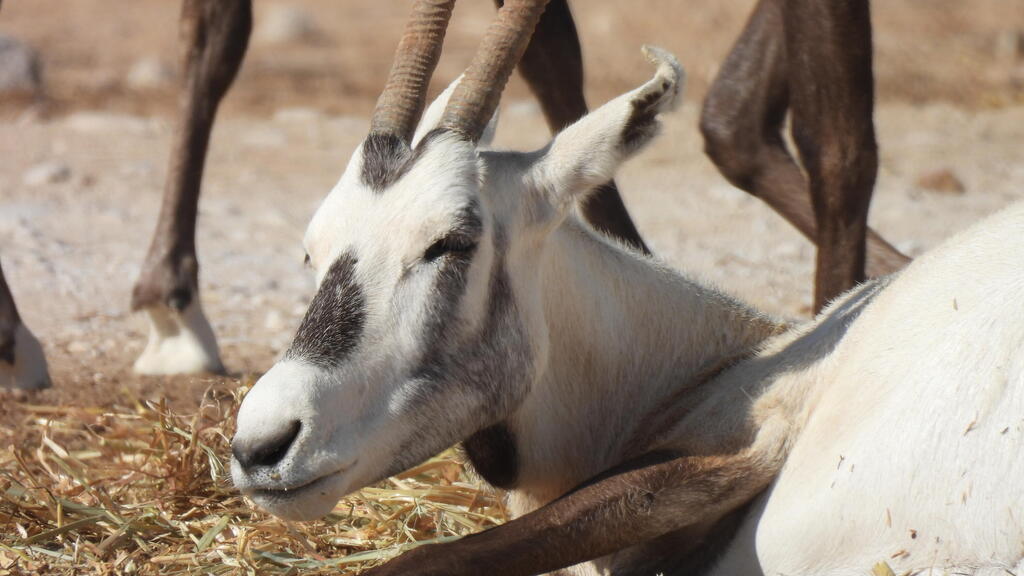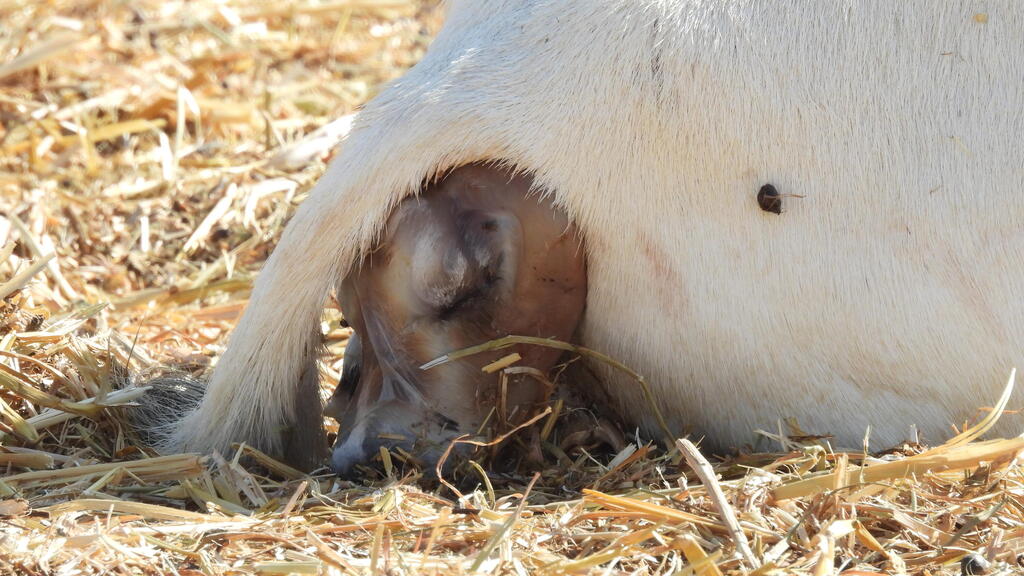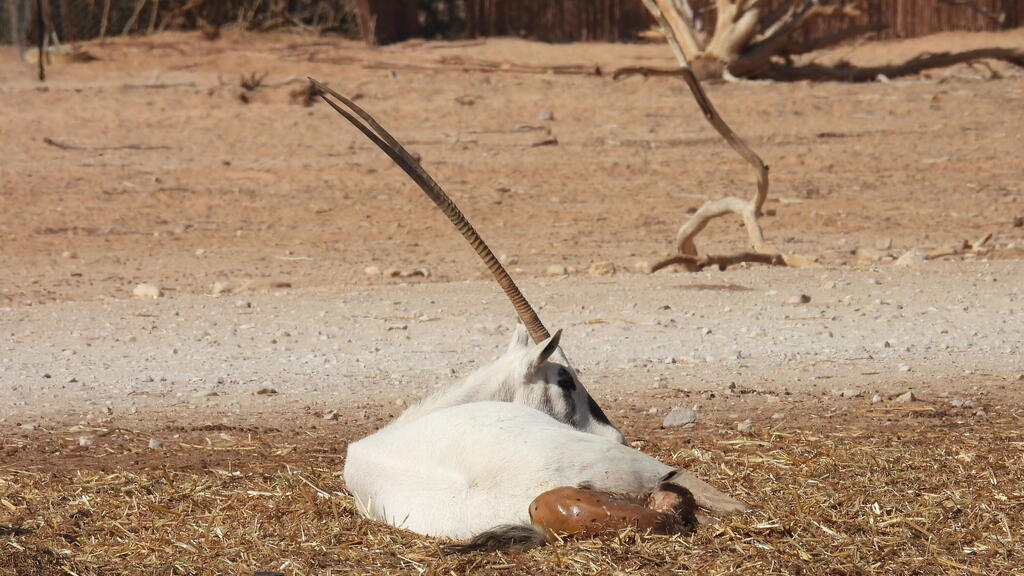A nature reserve at Arava desert in southern Israel was celebrating the birth of a baby Arabian oryx that was born Saturday in full view of visitors and staff, documenting the event.
The spectacular species are making its comeback in the region after disappearing late in the 19th century due to excessive hunting.
In 1978, local animal environmentalists introduced eight Arabian oryx species to a breeding facility in the desert, imported from American zoos.
After an effort last some 20 years, 100 Arabian oryx were re-introduced to the southern parts of the desert and are closely monitored by the Nature and Parks Authority, using trackers put around their necks.
Some 120 more of these species are in the breeding facilities.
Thanks to their compatibility to the harsh desert environments, Arabian oryx are able to survive days with out water. They are sustained by eating leaves, flowers and pods of the mimosa tree.
They are are social animals, living in herds of dozens, including a dominate male, several females and offspring.
Each individual group has a dominate female who leads the members on their search of food. The dominate and other males' role is to protect the herd from predators.
Most births occur in spring though some could come at any time of the year. Gustation is up to 10 months and the baby rams suckle their mother's milk usually for the first couple of months before independently foraging for food.




